Description
Active amplifier module, also known as an active amplifier or powered amplifier module, is a self-contained electronic module that integrates both the amplification and signal processing components in a single unit. Unlike passive amplifier modules, which require an external power amplifier to drive the speakers, active amplifier modules incorporate a built-in power amplifier, allowing them to directly power speakers or transducers.
Here are some key aspects and features of active amplifier modules:
Integrated Amplification: Active amplifier modules have a built-in power amplifier that provides the necessary amplification to drive the connected speakers or transducers. This eliminates the need for an external power amplifier, simplifying the audio system setup.
Signal Processing: Active amplifier modules often include integrated signal processing features such as equalization (EQ), crossover filtering, dynamics processing (such as compression or limiting), and sometimes even digital signal processing (DSP) capabilities. These processing functions can be specifically tailored to optimize the performance of the connected speakers or transducers.
Bi-Amplification or Multi-Amplification: Active amplifier modules are commonly used in bi-amplification or multi-amplification setups, where different frequency ranges are separately amplified and fed to dedicated speakers or transducers. The module can have multiple amplification channels, each powering a specific speaker or transducer, allowing for precise control and customization of the audio system.
Speaker Protection and Limiting: Active amplifier modules often include built-in protection mechanisms such as overload protection, thermal protection, and speaker impedance sensing. These features help safeguard the speakers and the amplifier module from damage due to excessive power or adverse operating conditions.
Input and Output Connectivity: Active amplifier modules offer various input and output connectivity options to accommodate different audio sources and speaker configurations. They may include analog inputs (such as XLR or RCA), digital inputs (such as AES/EBU or SPDIF), and output connections for connecting the speakers or transducers.
Compact and Space-Saving: Active amplifier modules are typically compact in size, making them suitable for applications where space is limited, such as in portable PA systems, powered studio monitors, or compact sound reinforcement setups.
Flexibility and System Integration: Active amplifier modules can be easily integrated into different audio systems, such as live sound setups, recording studios, home theaters, or installed sound systems. They offer flexibility in system configuration and provide the convenience of having amplification and signal processing in a single unit.
Active amplifier modules provide a convenient and efficient solution for powering speakers or transducers while incorporating signal processing capabilities. Their integration of amplification and processing functions simplifies system setup, optimizes audio performance, and enhances the overall efficiency of the audio system.
When selecting an active amplifier module, it’s important to consider factors such as power output, the number and type of speakers or transducers to be connected, the required signal processing features, and any specific connectivity requirements for the intended application.

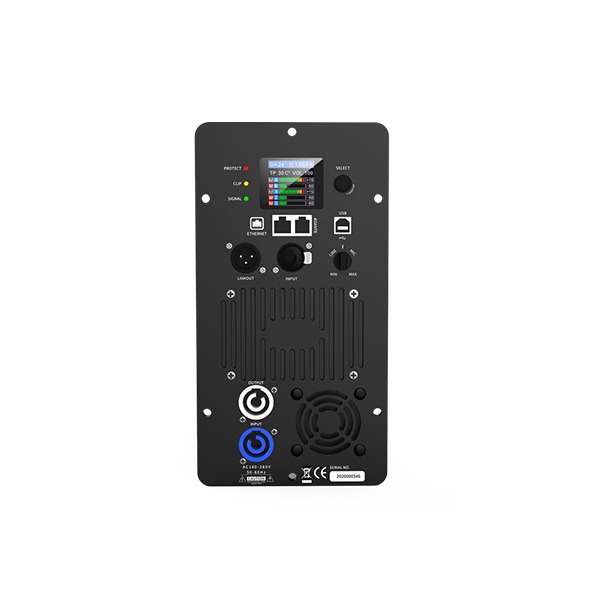
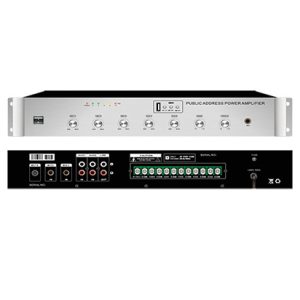
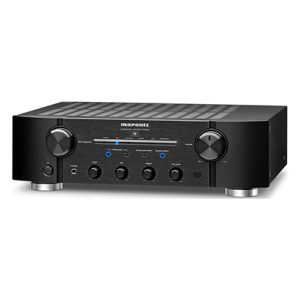
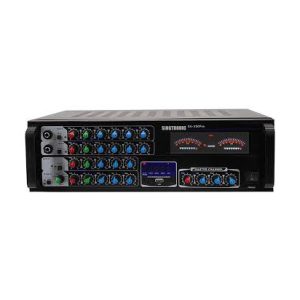
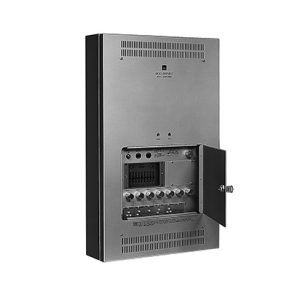
Reviews
There are no reviews yet.